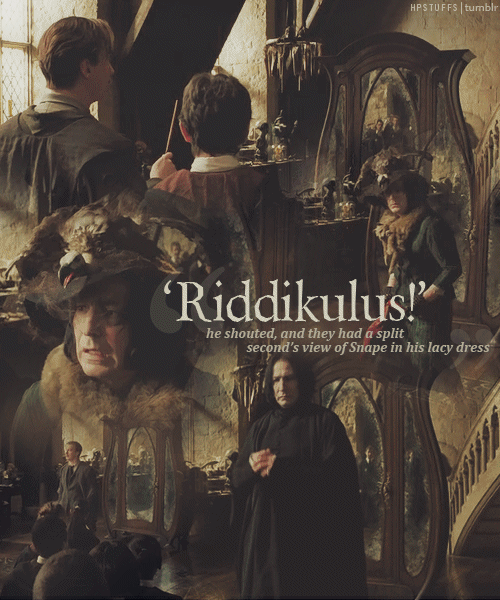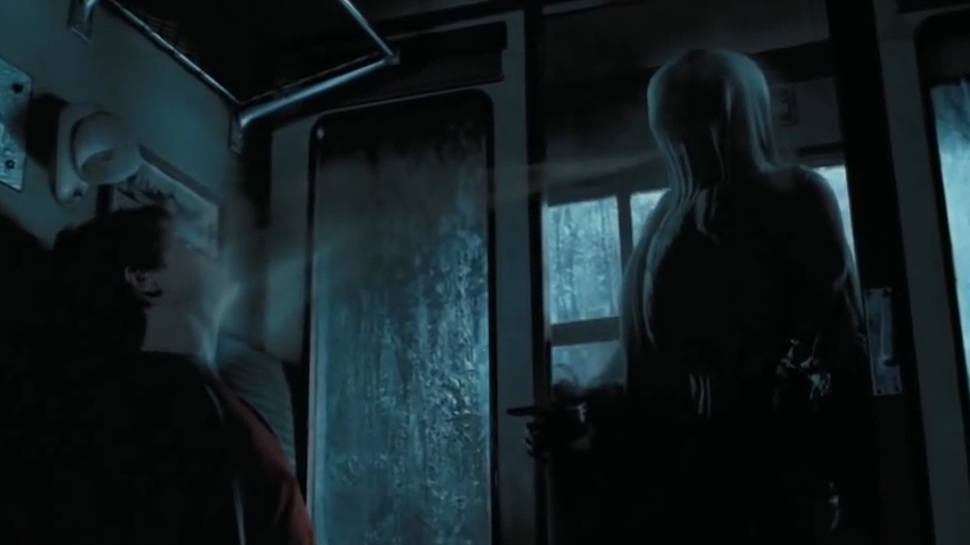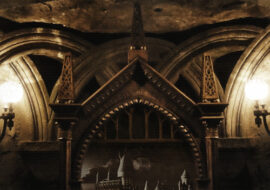
Harry Potter Psychotherapy: Fear and Boggarts
*I do not own Harry Potter, therefore, mention of characters/concepts are solely intended for educational and therapeutic gain.*
What is a boggart and how does it relate to fear?
Boggarts first appear in Harry Potter and the Prisoner of Azkaban. They are described as magical creatures that take the shape of a person’s worst fear. Harry and his classmates were asked to face a boggart and practice turning their worst fear into something non-threatening and silly, thus confusing the boggart. Once the boggart becomes confused, it can be eliminated by using the incantation, “riddikulus”.
This post focuses on boggarts because everyone has some type of fear. Intensity of fear can vary from person to person, however, common fears include, death, pain, loss, animals, insects, natural disasters, blood, needles, being a victim of a crime, war, abandonment, failure, illness/injuries, judgment or ridicule, social interaction, small spaces, and heights. Some individuals have phobias, intense irrational fears that are maintained through avoidance, consequently, limiting a person’s ability to function.
How does therapy work when treating fears or phobias?
Fear is destructive when it has the power to limit your actions. While it is a necessary human response to serve as a warning detector for protecting the species, individuals often allow their fear response to take control in debilitating and unhelpful ways. Therefore, J.K. Rowling’s idea to defeat fear through mental exercises rendering the fear non-threatening and silly serves as a useful tool.
For “low to moderate intensity” fears:
- Visualize in your mind that you are in Professor Lupin’s Defense Against the Dark Arts Class. It is now your turn to face the boggart in the wardrobe. You are the last in line to do the exercise.
- What does the boggart turn into as you face it?
- What details do you notice about the boggart?
- Does it seem like a fear that is likely to occur?
- Professor Lupin reminds you to imagine turning your fear into something silly or non-threatening.
- You remember to take some deep breaths to clear your head and regain control of your body.
- You imagine your deepest fear transforming into something so outlandish and funny that it becomes non-threatening, possibly even cute.
- You continue to imagine possibilities until your mind is satisfied with one.
- Visualize the boggart becoming confused in it’s new form.
- Then verbally murmur the incantation, “riddikulus!”
- The boggart makes a cracking noise and disappears.
- Reflect on how it felt to defeat your fear.
For “moderate to severe intensity” fears:
- Seek out help from a licensed professional mental health provider.
- Systematic Desensitization is a treatment method used to break up your fear into little steps from least anxiety provoking to most anxiety provoking. Make a list from one to ten starting with a step related to the specific fear that doesn’t bother you much and moving to the worst possible step of facing your fear you can imagine.
- Slowly work your way through the steps by utilizing deep breathing AND going to your mental “happy place” as you confront or imagine doing each step. You can use the patronus charm memory from the previous HP therapy post, or you can find a memory of a peaceful place. Others prefer to utilize guided imagery from the therapeutic resources page to slowly desensitize yourself to each fear step.
Example of fear hierarchy steps as follows: Fear of Dragons
- On a piece of paper, draw a small non-detailed dragon that looks cartoon-like.
- Add details to the dragon. Make it colorful and give it a facial expression. Perhaps draw fire breath.
- Go to a store that has stuffed animal dragons or toys for children. Look at them and if it isn’t too anxiety provoking, hold or play with the toy.
- Write a description of a dragon with details about how it looks, smells, sounds, moves, etc. What are the mannerisms? Describe a scenario with a dragon encounter. (You can decide if you want to include yourself in the encounter).
- Look at pictures of realistic looking dragons online. (If your fear is something real, then look at the actual picture).
- Visit the zoo or pet store and look at animals that look similar to dragons (lizards). You would not actually be looking at a real dragon at this step if it was something that really exists.
- Watch a video of a dragon that is animated or designed to be child-friendly. (Perhaps watch Pete’s Dragon)
- Watch a video of a dragon that is intended to look scary and threatening. (Perhaps a dragon like Smaug in The Hobbit movies).
- (If dragon’s were real) Visit a dragon in person. Practice increasing time intervals around the dragon until you are comfortable.
- Touch the dragon safely. Work your way up to petting it and observing the feeling of the scales. Perhaps even go for a ride on the dragon.
Remember that you would be pairing each step with your desensitization tool (deep breathing AND visualizing “happy/peaceful place”, happy memory, or utilizing guided imagery videos). If you prefer to keep the Harry Potter theme, you can even imagine turning your fear in each step into something silly or non-threatening. (Such as turning your dragon drawing from step two into a fuzzy pink bird with googly eyes). You would then say “riddikulus” to yourself and imagine the dragon make a cracking sound and disappear.
Please note that these therapy exercises do not qualify as stand-alone treatments and it is recommended that you seek help from a licensed professional mental health provider.
Contact me with questions or to schedule an appointment:
E-Mail: jmorris@jmmhc.com
Voicemail: (248) 327-4643









Recent Comments